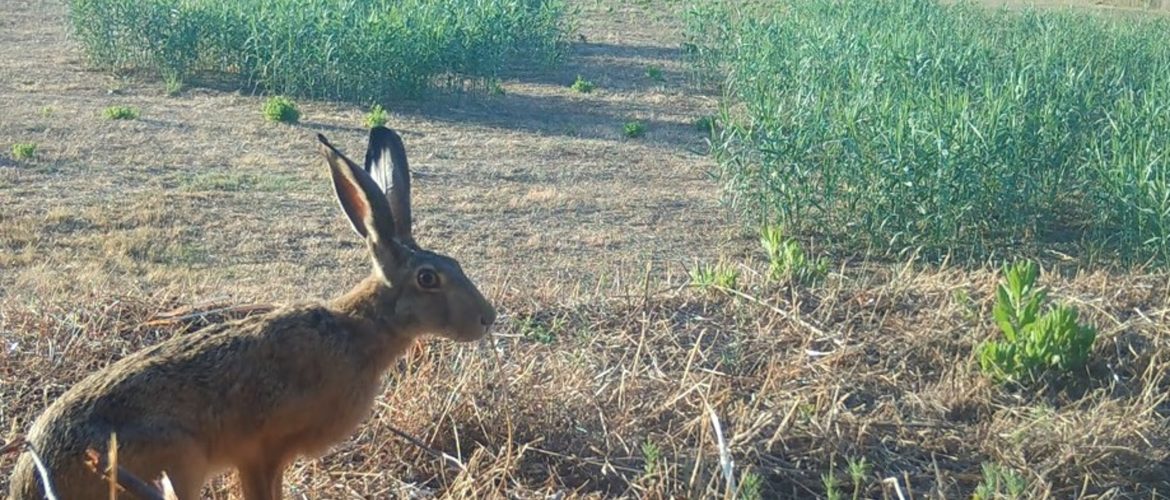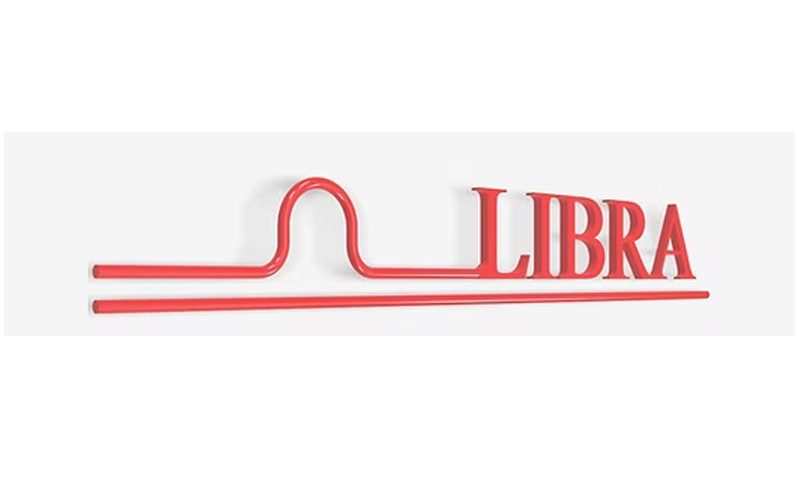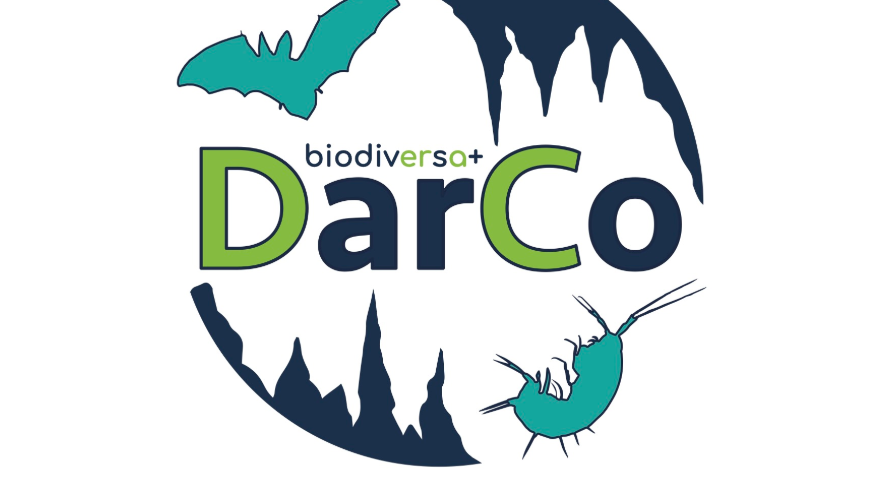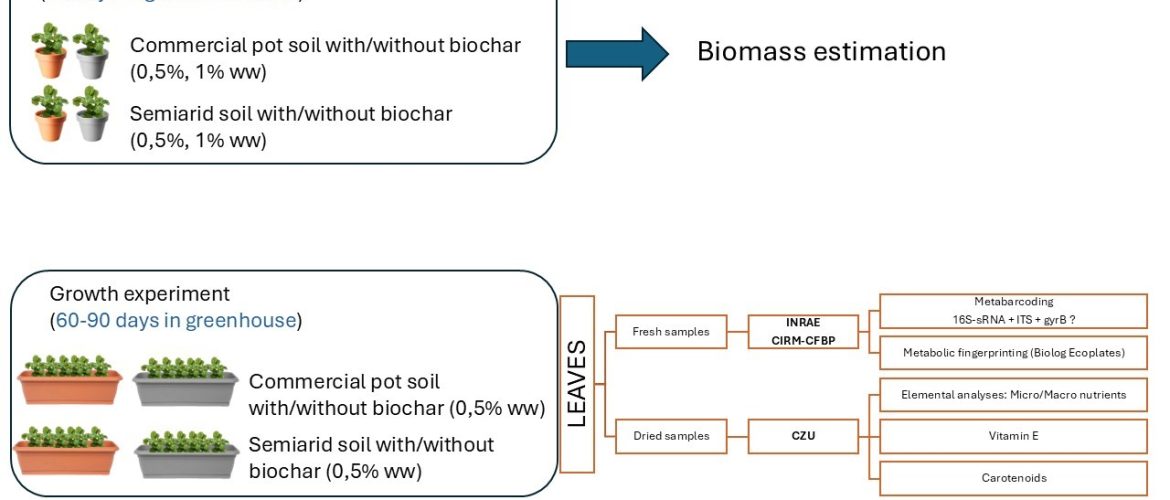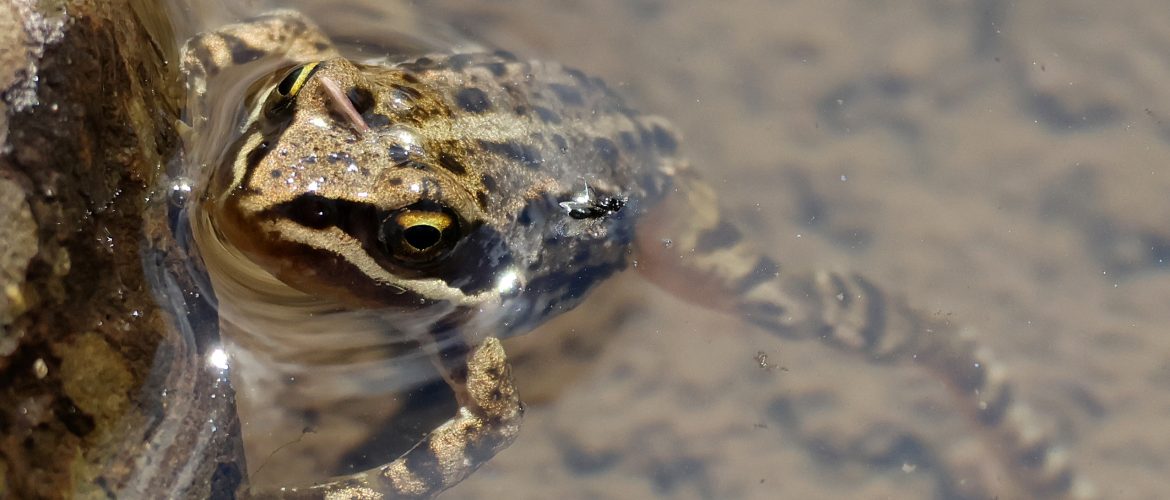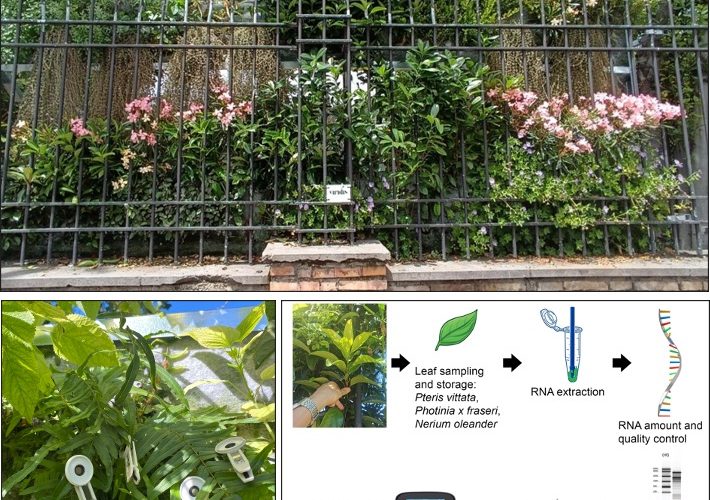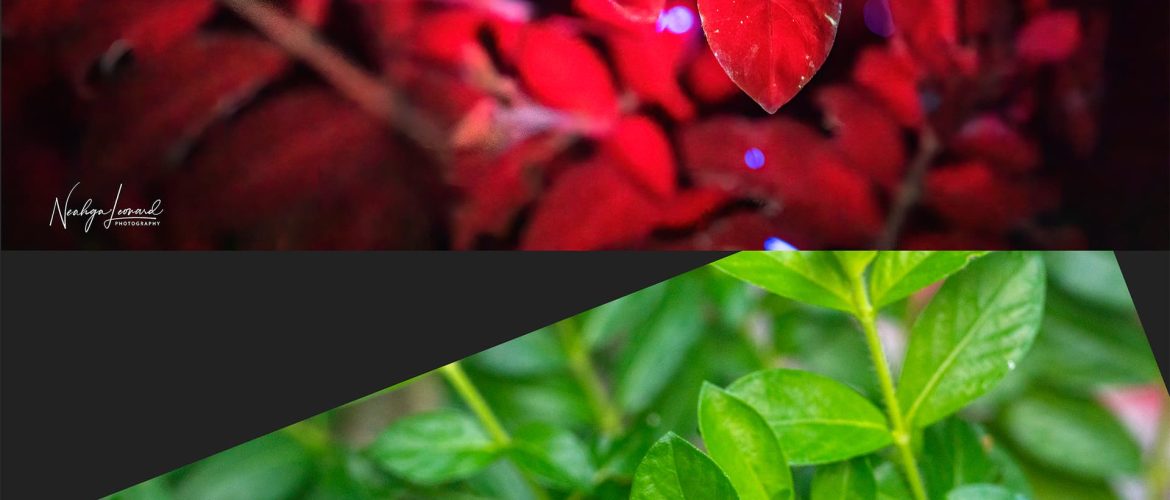The research project, in the frame of PNRR – NBFC Spoke 5 (Activity 5.2 e 5.4), aims to investigate adaptations, behaviour and interactions between wild mammals in urban and peri-urban contexts, with a focus on small mammals, bats and other species of conservation interest. The initiative combines photo-trapping techniques and the use of hair-tubes to acquire data on the species present, analysing how fragmentation and increasing urbanisation affect biodiversity and animal behaviour.
The LIBRA project – Light Based Multisensing Device for Screening of Pathogens and Nutrients in Bioreactors – introduces an intelligent multi-sensor system for automated on-line screening of cell cultivation processes in bioreactors. The LIBRA detection technology lies in the use of real-time sensors integrated on photonic chips. A new procedure of integrating the photonic platforms together with disposable microfluidic modules and bio-functioning units will result in a modular system with interchangeable components that enable the screening of nutrients and pathogens in
The vertical dimension of conservation: A cost-effective plan to incorporate subterranean ecosystems in post-2020 biodiversity and climate change agenda) – Biodiversa+ Subterranean systems host an extraordinary biodiversity of specialised and endemic organisms, representing a unique portion of global taxonomic, phylogenetic and functional diversity. Moreover, they provide crucial ecosystem services, such as the supply of drinking
The transnational access project LEMIBIO – Integrating plant quality analysis with LEaf MIcrobiota composition and functional diversity in Chinese cabbage plants grown on BIOchar amended soils – was approved and founded in the frame of the Horizon AgroServ project. Biochar is a high carbon residue produced by the pyrolysis of organic matter. Its potential to improve crop yields and soil properties and functions (e.g. improve soil fertility, soil stability, water retention, carbon sequestration and crop production) has been extensively studied over
The LUCE project – Lighting up the Understudied but Charismatic fireflies of Europe – focuses on the study of fireflies, a charismatic but little-studied species, with a special focus on the hotspot area of the Italian peninsula. In Italy, there are about 20 species of fireflies, which are briefly described. Many of them are endemic and confirmation of their specific status through molecular techniques is crucial for conservation. Indeed, the primary objective is to improve access to taxonomic knowledge through
This joint bilateral agreement between CNR and MESRA (Armenia) is expected to provide an epidemiological picture concerning occurrence, distribution and prevalence of significant infectious agents of reptiles and amphibians. In particular, the diagnostic approach will allow to identify the presence of herpesvirus and Mycoplasma in the T. Testudo graeca armeniaca tortoise. This is one of the very few studies conducted on wild animals. The current information on infectious agents causing disease in these animals is studied almost exclusively from specimens
ACTIVITY 1– Biodiversity, Exposome and Urban lifestyle TASK 1.8_Advanced technologies for monitoring and removing contaminants using Nature-Based Solution. The activities aims to: Identify of model plants able to uptake and tolerate inorganic and organic contaminants such as arsenic (As) and micro and nanoplastics (MNPs) from contaminated matrices. Evaluate a study case: Study of the effects of urban air pollution on plants grown hydroponically on a green wall by evaluating gene expression and morpho-physiological response. The green wall was installed at Villa Leopardi, Via Nomentana (Rome)
SERRA-LAB (Study And Research of the Effect of Plants on Air Quality and their Response to Air Pollution Stressors in the LABORATORY). The use of green infrastructure to mitigate air pollution in urban areas is a globally recognised approach. Nevertheless, doubts remain in the quantification of the effects and in the choice of plants. In fact, the results of the scientific studies conducted so far are ambiguous and not very comparable due to the absence of an unambiguous experimental approach. Furthermore,
Monitoring and detection of biotic and abiotic pollutants by electronics, plants and microorganism based sensors – MOBILES The development of portable tests or biosensors for monitoring pathogens, Chemicals of Emerging Concern (CECs), and Persistent Mobile Chemicals (PMCs) in air, soil, and water remains a critical unmet need for contamination control and infection prevention. The Mobiles consortium aims to create an interdisciplinary framework for the detection, monitoring, and mitigation of these pollutants to safeguard human and environmental health. Key objectives include: Developing electronic biosensors
Hydro Fern is a phytodepuration system aims at dearsenification and recovery of drinking water, rainwater, wastewater and industrial effluent. The proposal involves the realisation of the Hydro Fern prototype plant that exploits hydroponic growing technologies and the ability of the perennial fern Pteris vittata to rapidly remove arsenic from water. The prototype consists of a scalable module for vertically growing plants that filter water under controlled conditions, optimising space and maximising arsenic removal efficiency. The expected results are: – optimisation of arsenic removal


